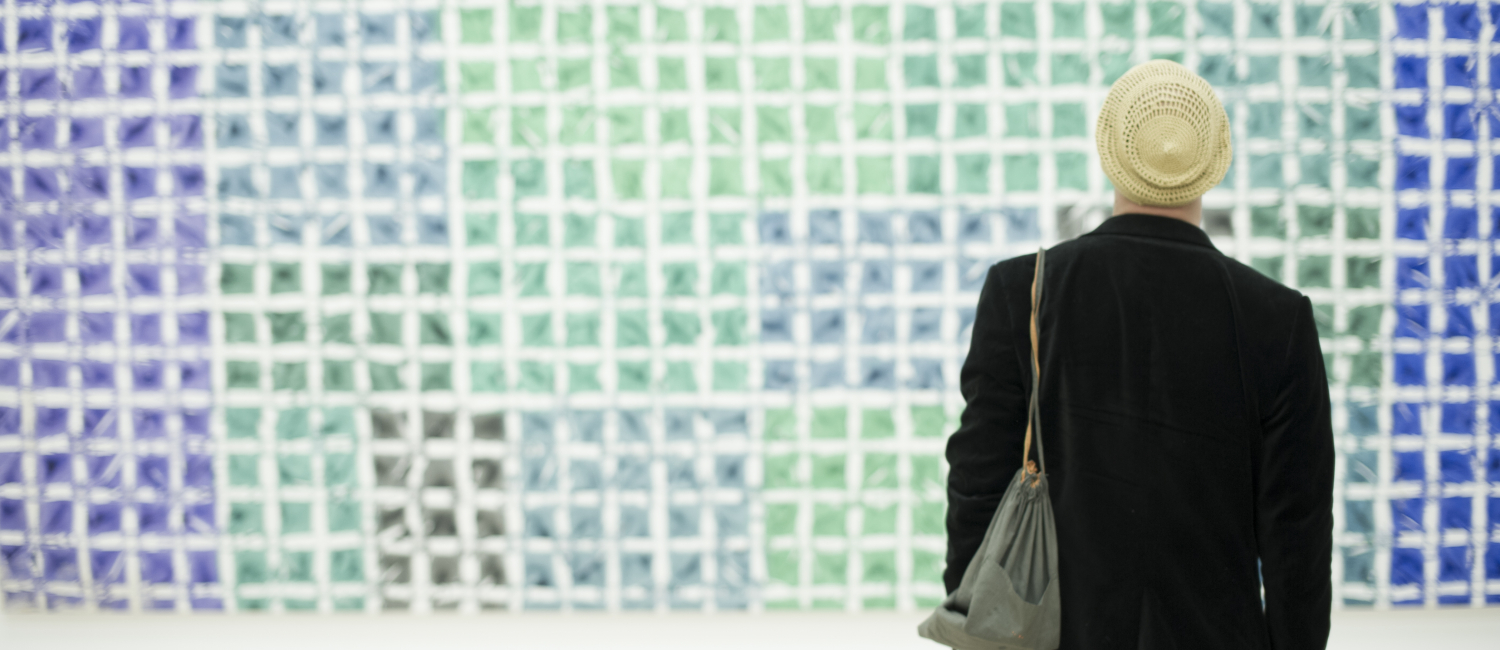The Ludwig Museum - Museum of Contemporary Art will present the first major exhibition of Simon Hantai in Hungary. The large-scale retrospective surveys the key aspects and periods within the oeuvre of the internationally renowned artist of Hungarian origin, from his early paintings executed in Hungary, through to his final works.
In 2013 the Centre Pompidou showcased a highly successful exhibition of Simon Hantai´s works. The Ludwig Museum is privileged to organize Simon Hantai´s solo exhibition in collaboration with the artist´s family as co-curators. Further enhancing the significance and distinctiveness of the retrospective, the sixty works on view include a number of previously unknown pieces. In addition to the artist´s bequest housed outside Hungary, the show also focuses on paintings belonging to Hungarian collections, thus providing a significant source for art connoisseurs and supplementing the previous international exhibitions.
Simon Hantaï was born in 1922 in Biatorbágy, Hungary, in the vicinity of Budapest. He studied at the Hungarian Academy of Fine Arts in Budapest, under the direction of Vilmos Aba-Novák, Béla Kontuly and István Szőnyi. In 1948, Simon Hantai won a scholarship in Paris which was withdrawn as a result of the political changes. Before that the young painter immigrated to France with his wife Zsuzsa Biró, a fellow painter, they spent couple of month in Rome. Italian travel experiences influenced his artistic vision. When he met André Breton and his circle in Paris, he was painting vivid colourful canvases inhabited with phantasmagorical creatures, organic and biomorphic forms, as well as engaging in experiments concerning his medium and technique. Breton organised his first solo exhibition in Paris in 1953, praising Hantai´s work as a great departure in its accompanying catalogue. In the wake of his continuous experiments conducted in parallel with his Surrealist paintings, his art practice became increasingly gestural: following the Paris presentation of the New York School, he became inspired by abstract expressionism, and it was above all Pollock´s work that motivated him to turn to gesture painting. In the 1960s, he began to develop his own unique technique of image-making (the so-called pliage): by creasing and folding the canvas, and then covering it with layers of paint, he created specific abstract patterns on huge surfaces, drawing on the results of the Pollockian sense of freedom in painting, as well as on the explorations of light, colour and surface accomplished by French artists. His works created by the method of folding became arranged in consecutive series, or sequences of form (Mariales or The Virgin´s Mantles, Catamurons, Panses or Sausages, Meuns, Études, Blancs or Whites, and Tabulas).
In 1982, Hantai represented France at the Venice Biennale; and at that time, he decided to withdraw from public life. His absence from the public art scene, however, did not imply abandoning art: Hantai never stopped painting and constantly revisiting his work.
He died in September 2008 in his Paris home.
Signaling the importance of his oeuvre, Hantai´s works are included not only in major Hungarian public collections, such as the Museum of Fine Arts, the Hungarian National Gallery and the Ludwig Museum, all in Budapest, and the Janus Pannonius Museum in Pécs, but also in world-famous international collections, such as the Solomon R. Guggenheim Museum in New York, the Musée National d´Art Moderne and Musée d´Art Moderne de la Ville de Paris, the Vatican Museum in Rome, the Musée d´Art Contemporain in Nice, Christie´s in London, and Galerie Jean Fournier in Paris, as well as in Hungarian, American, Italian, Belgian and French private collections.
The exhibition is organized by the Ludwig Museum – Museum of Contemporary Art, Budapest in collaboration with the Archives Simon Hantai.
Curator: Julia Fabényi
Assistant curator: Viktória Popovics
Please, CLICK HERE to find out more about Simon Hantai and this exhibition.
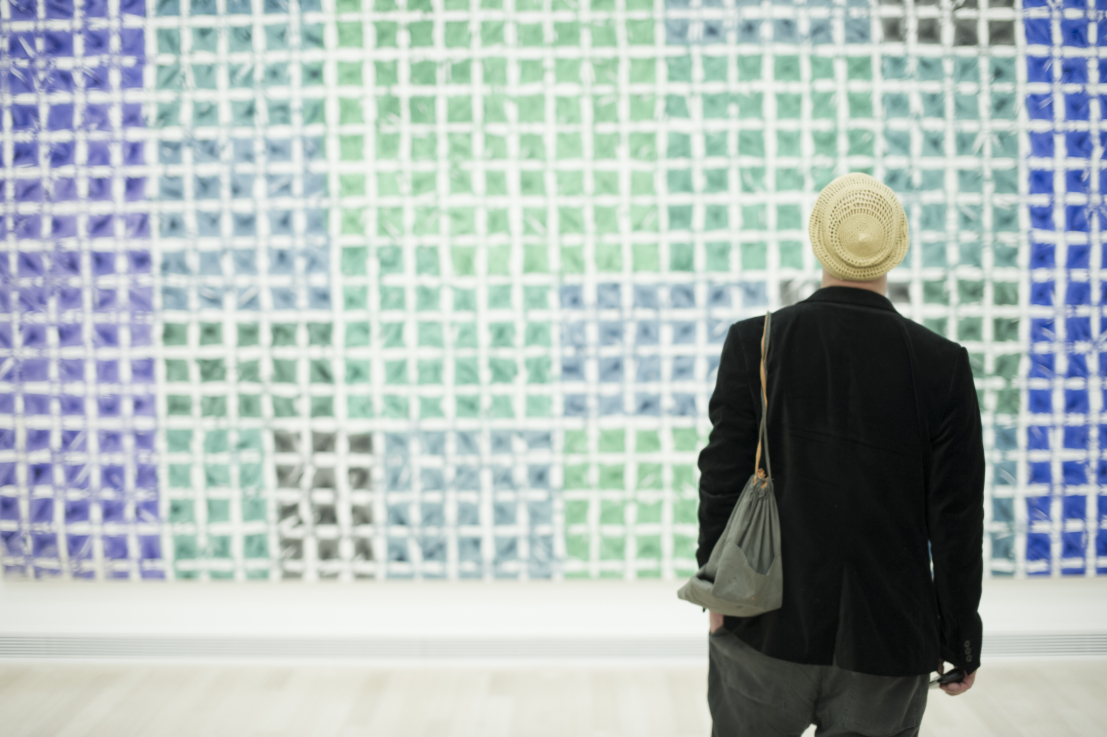
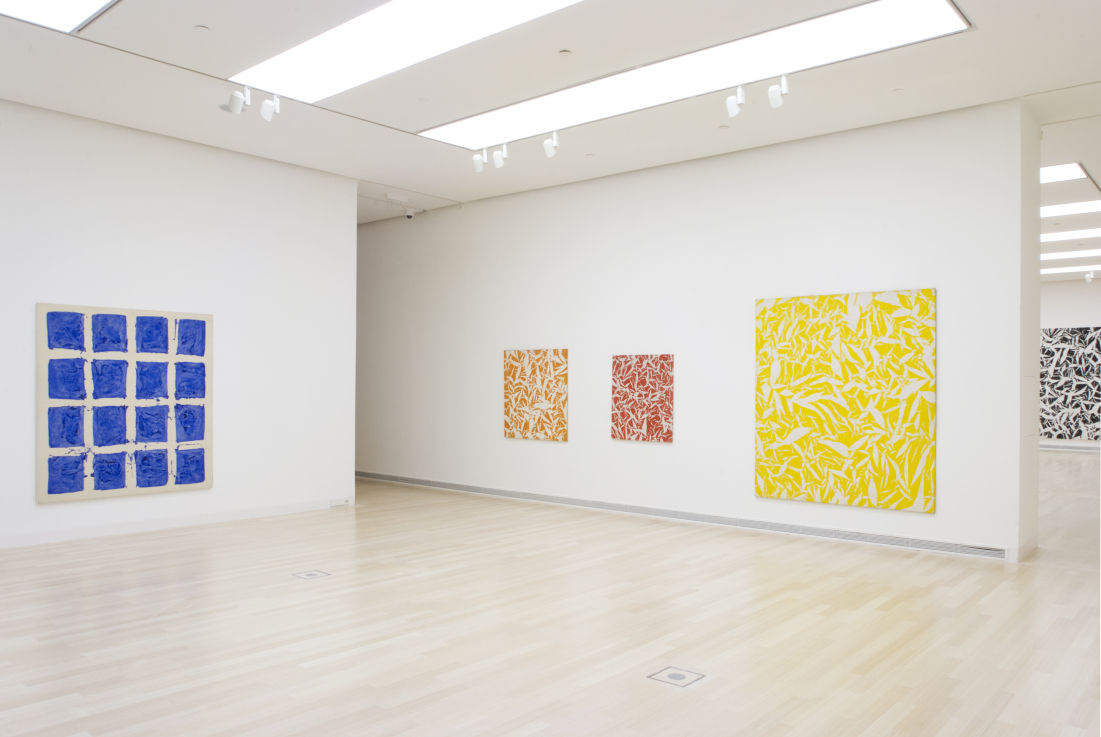
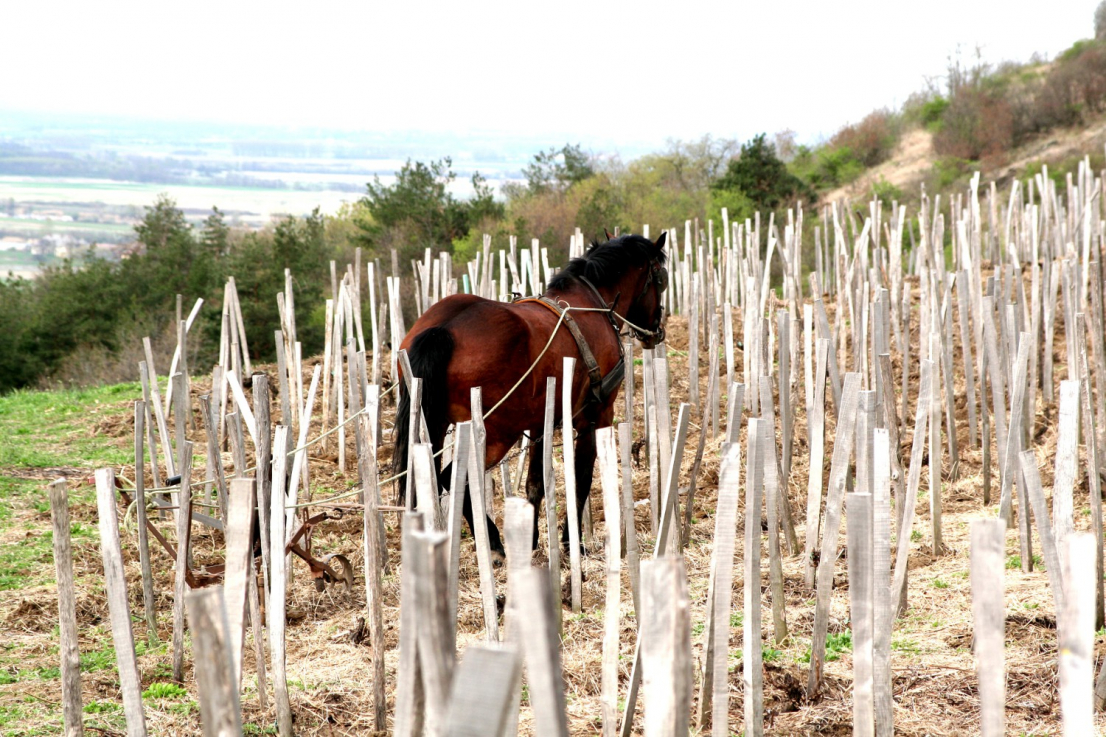
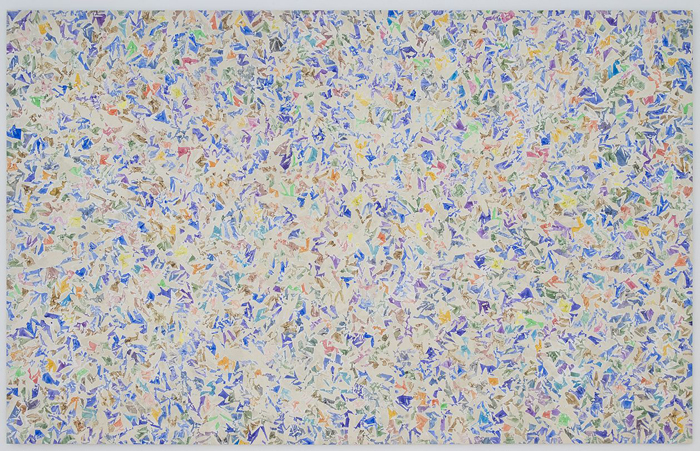
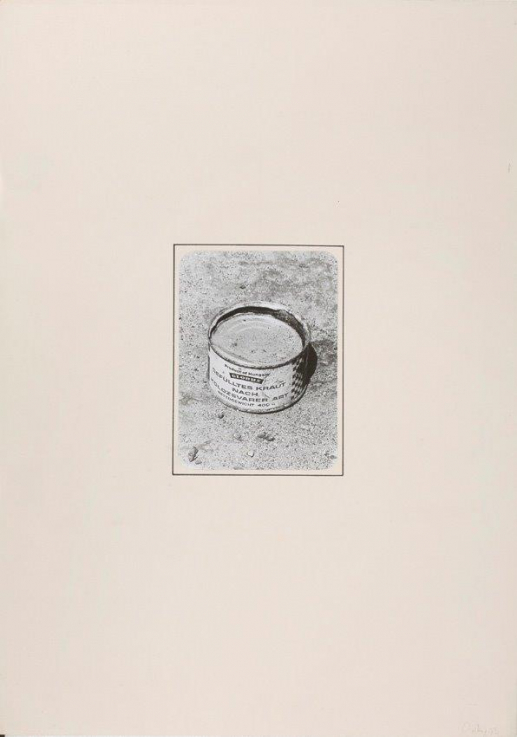

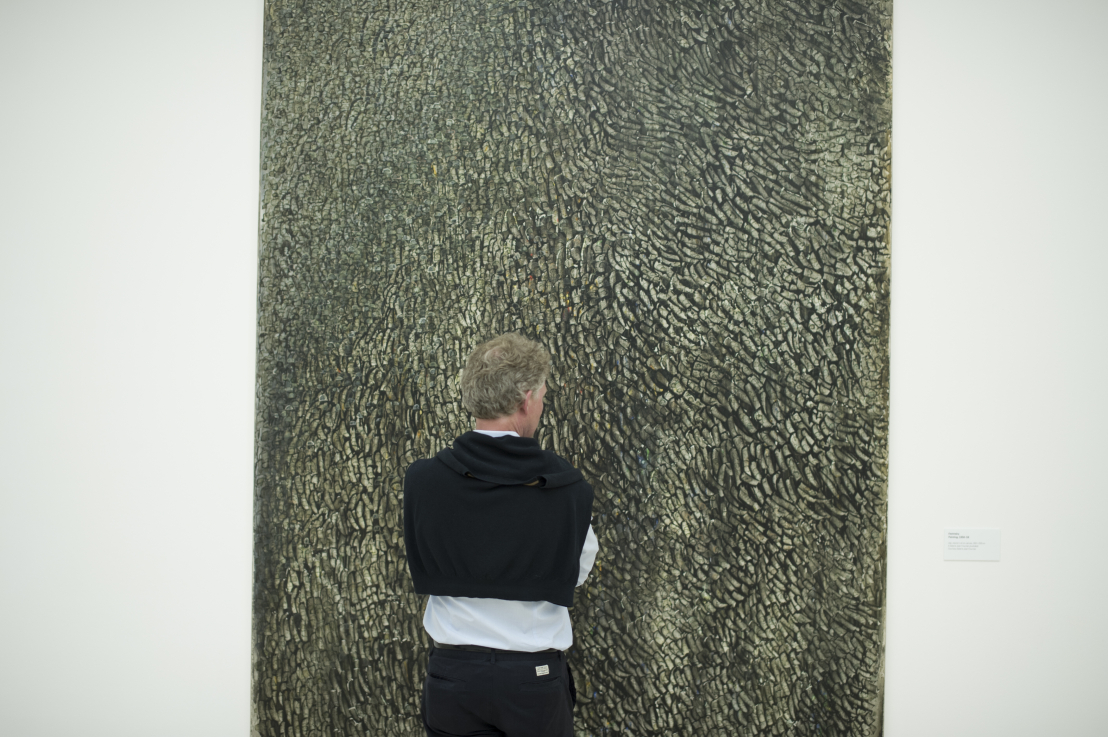
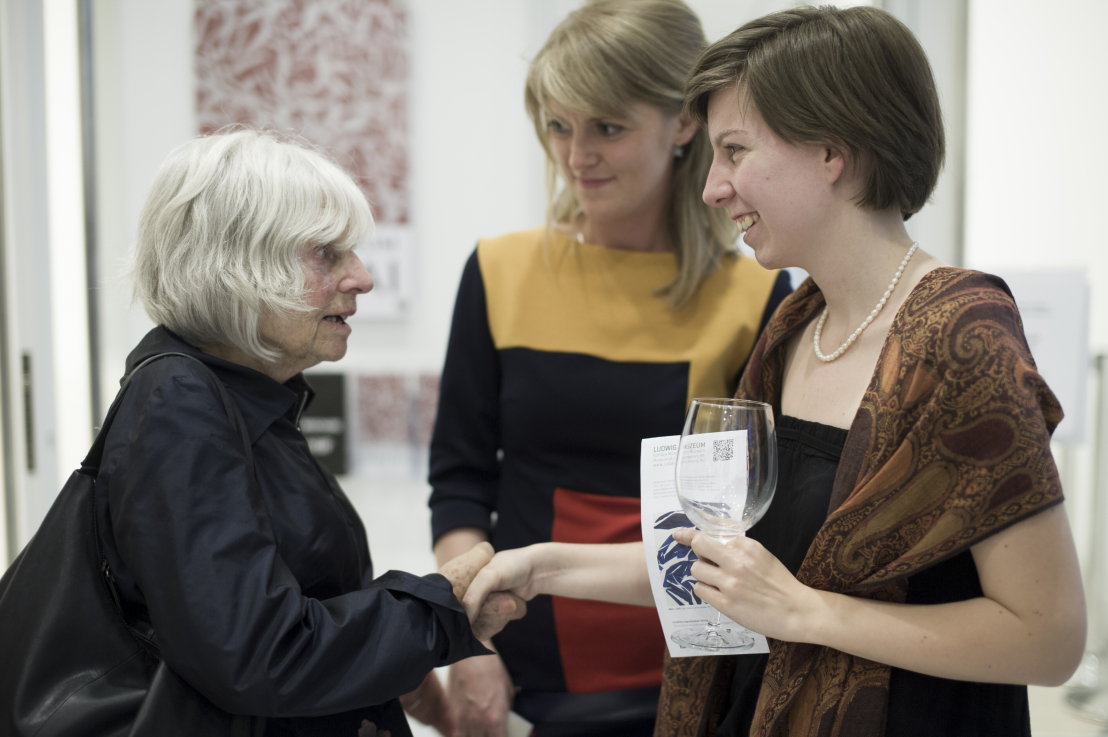
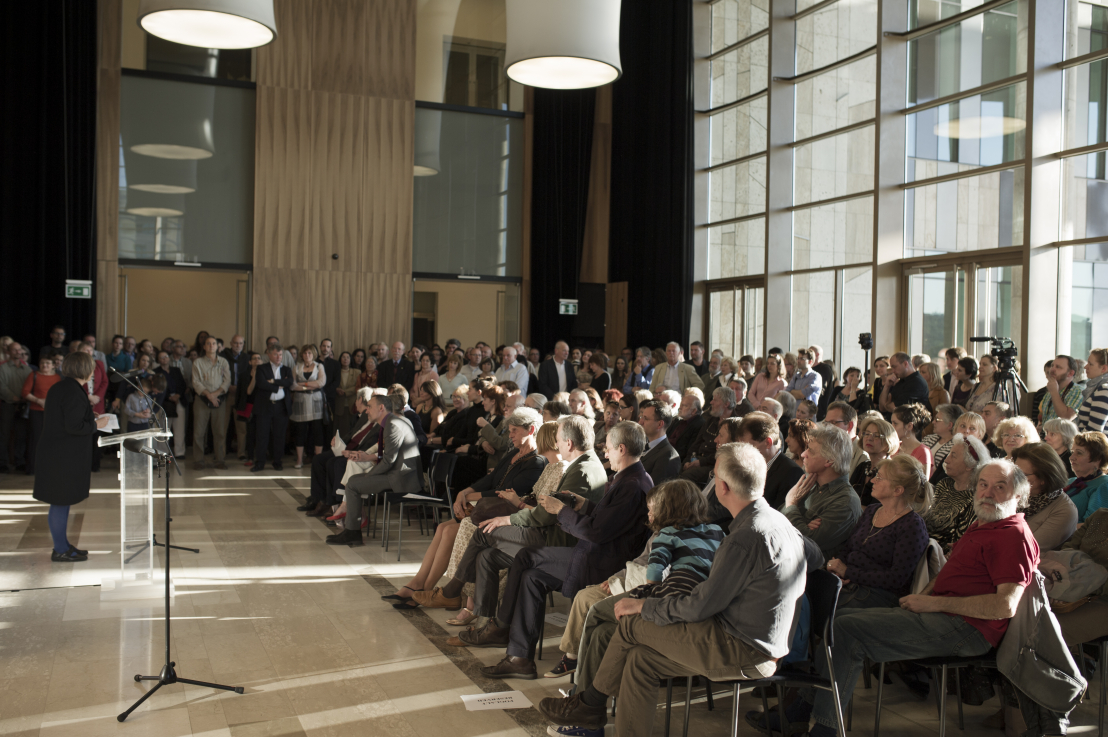
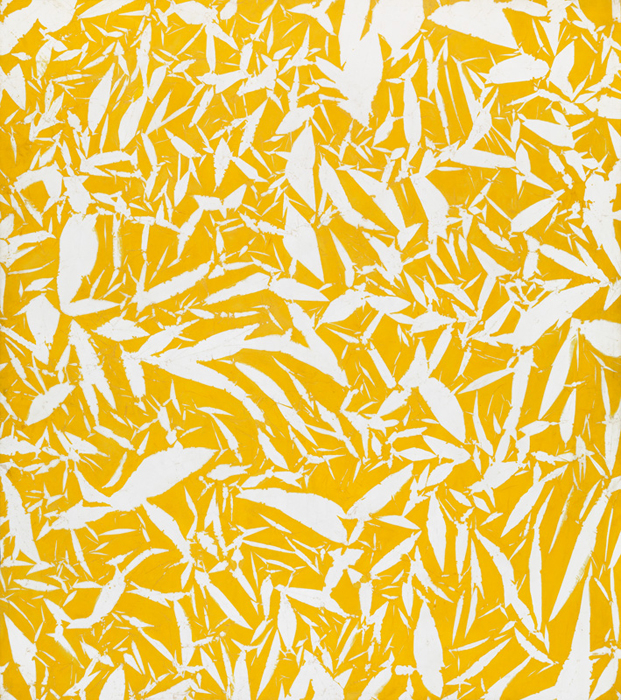
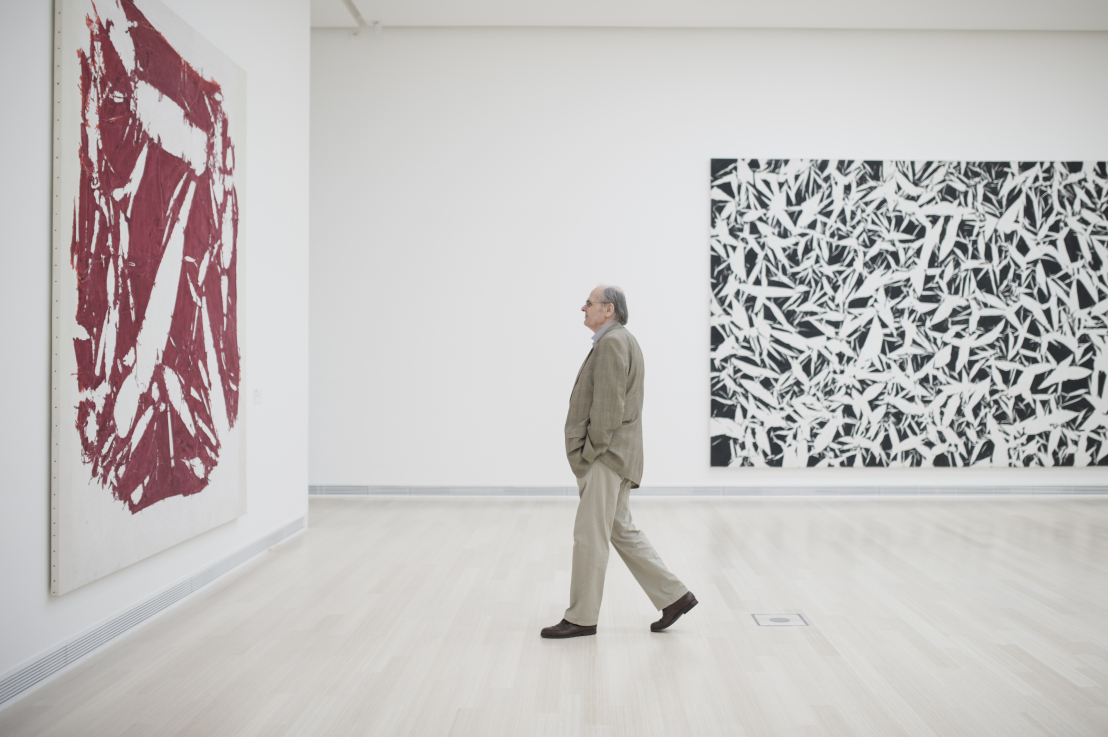
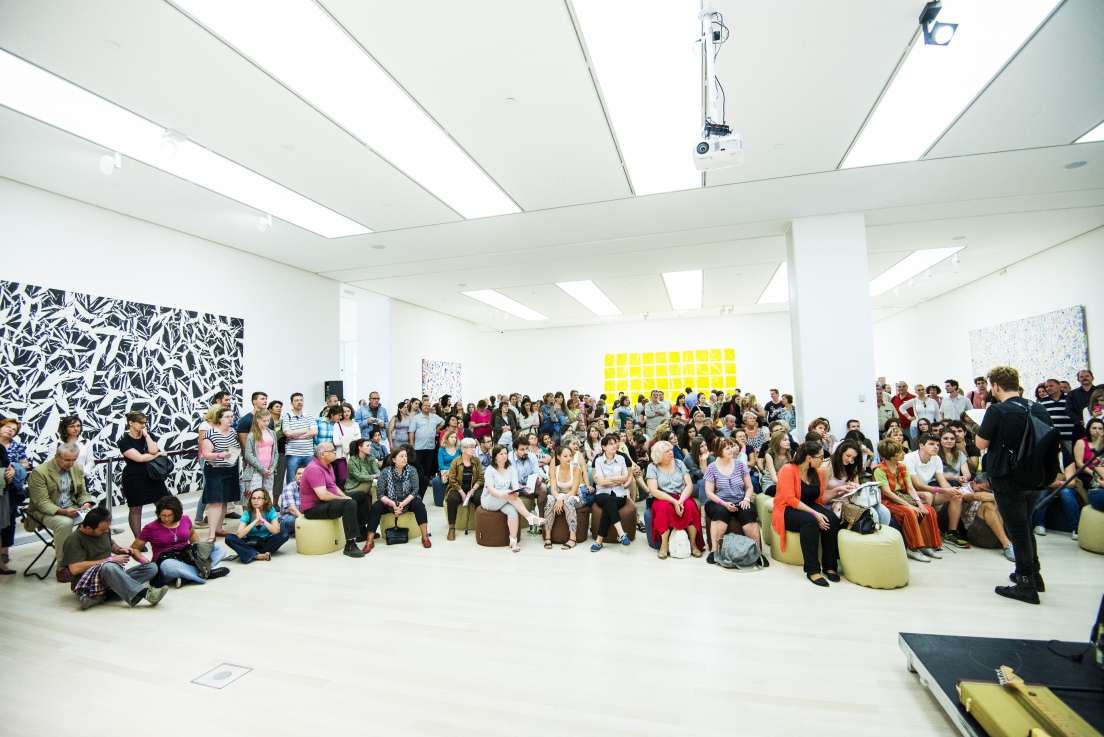
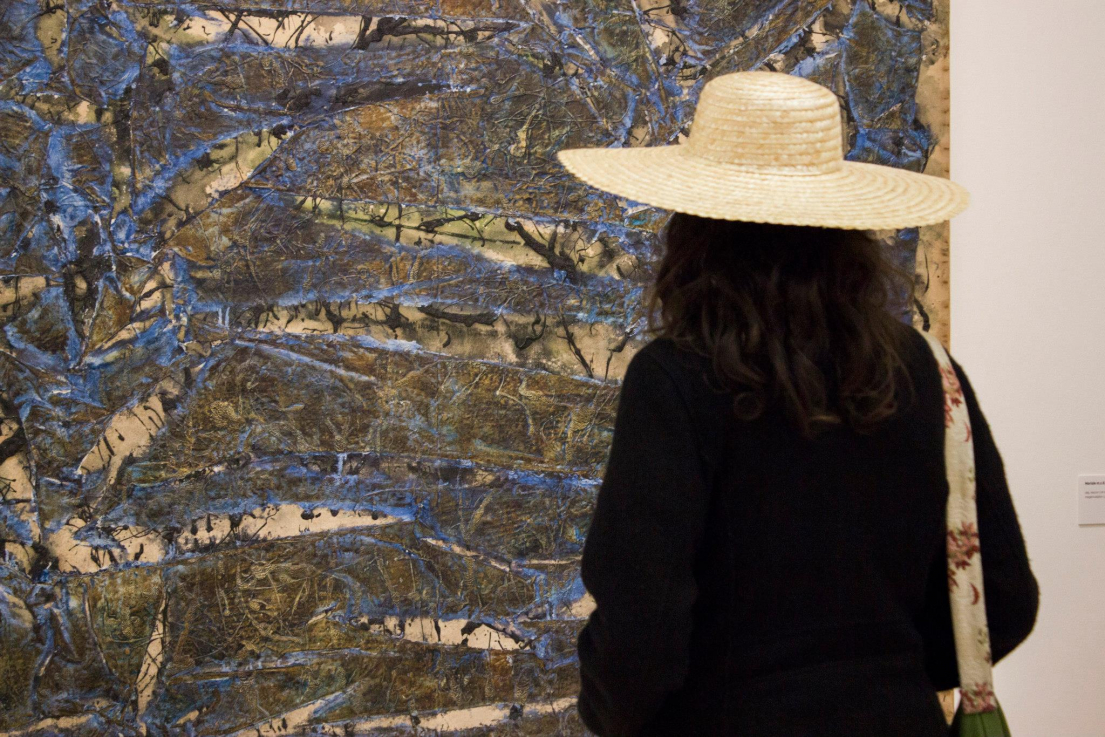
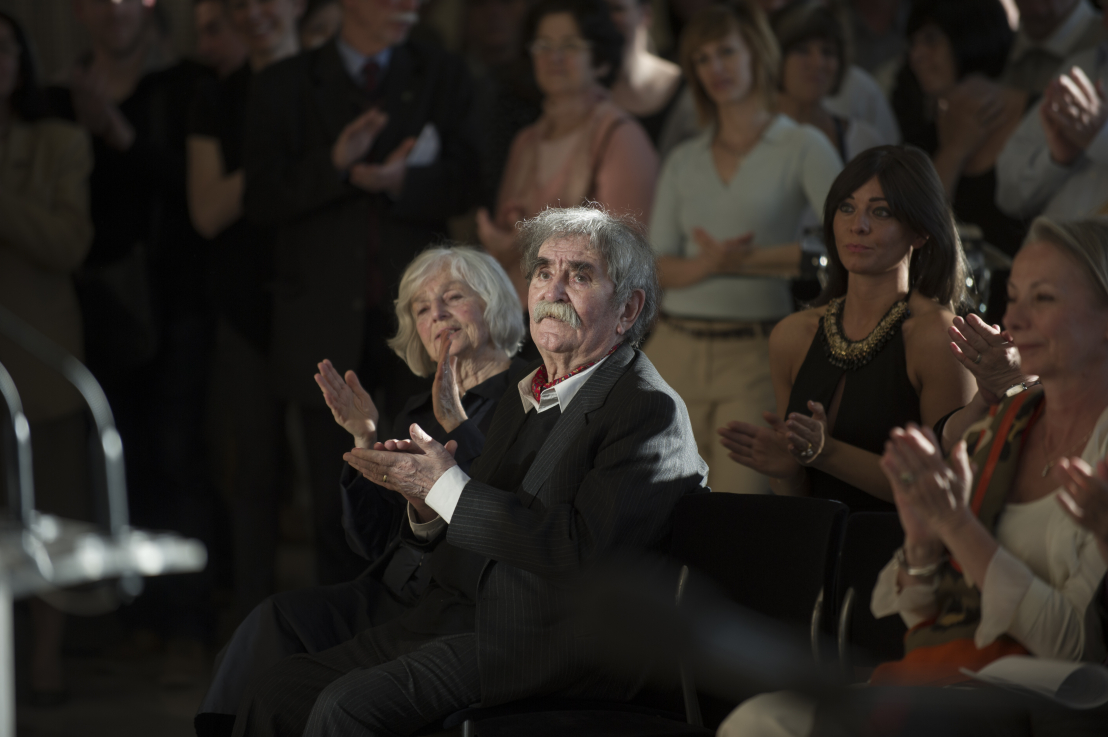
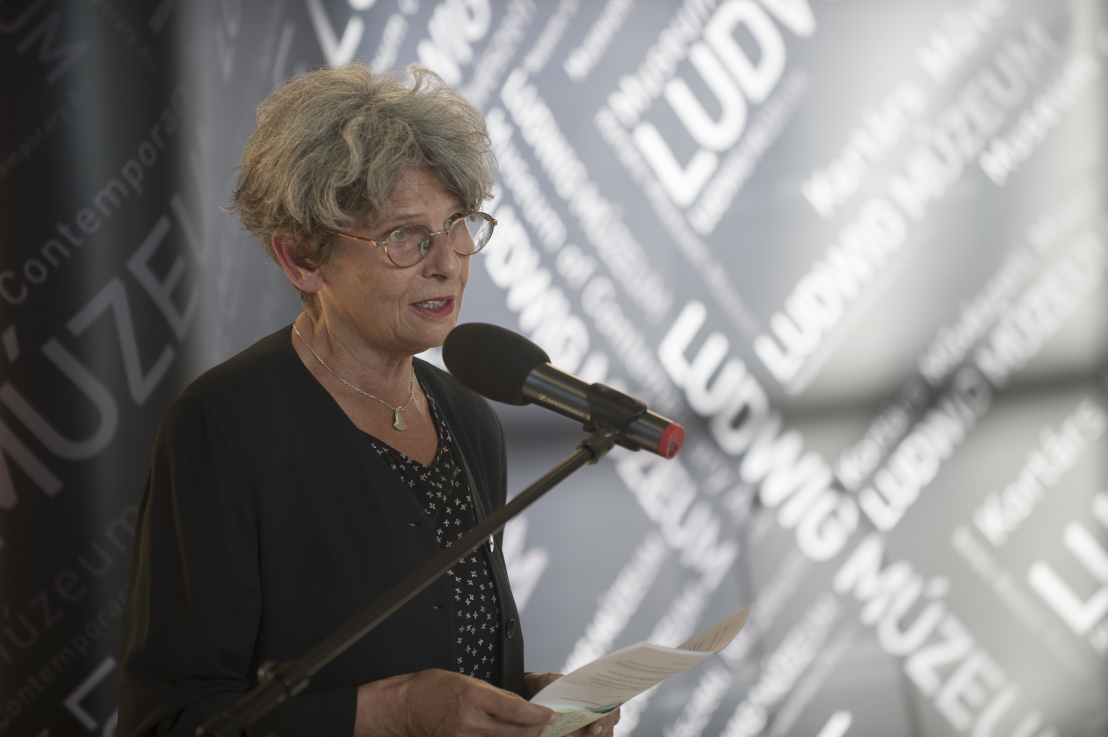
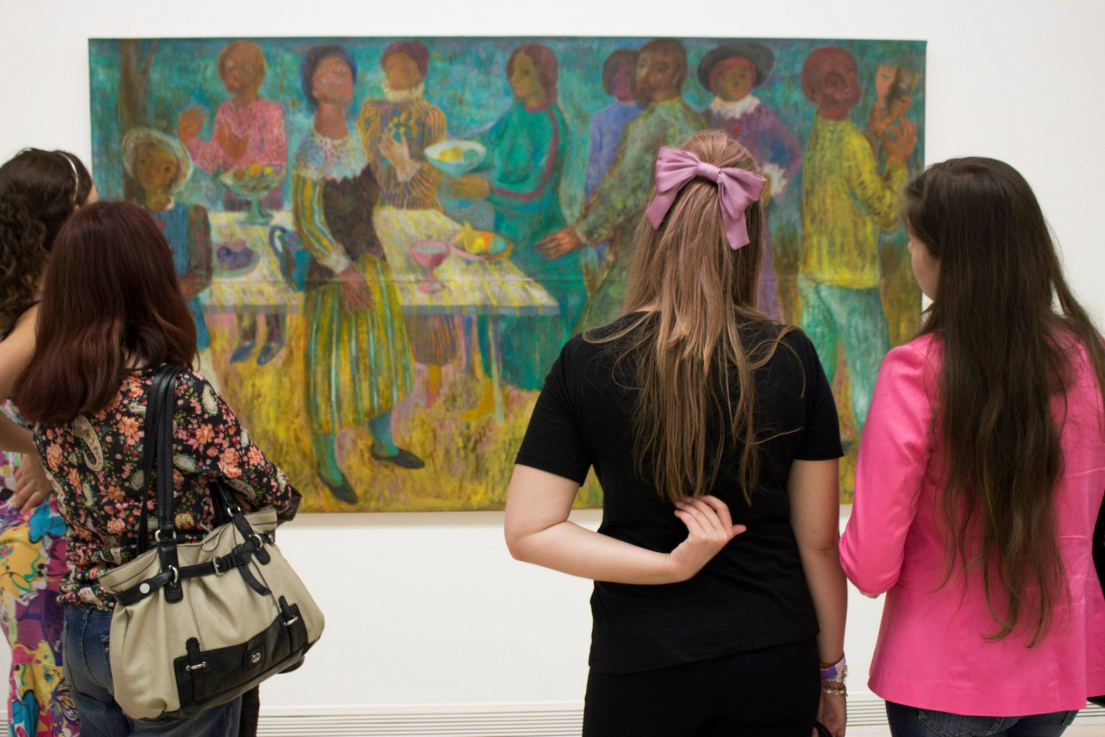
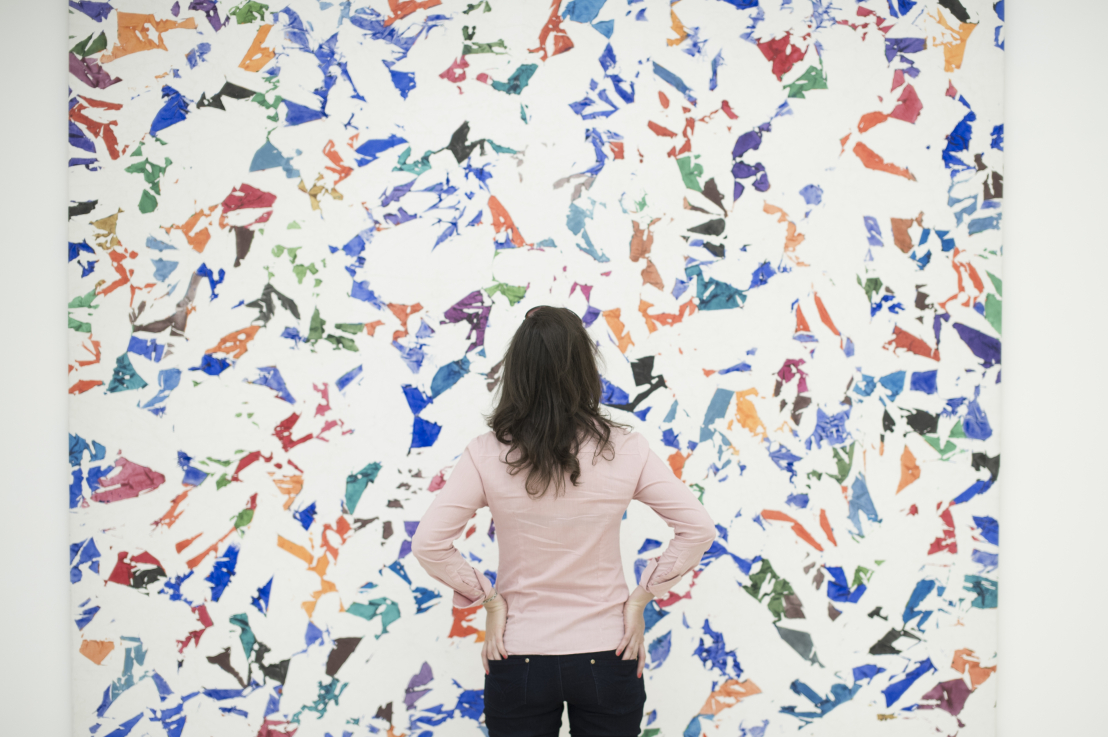
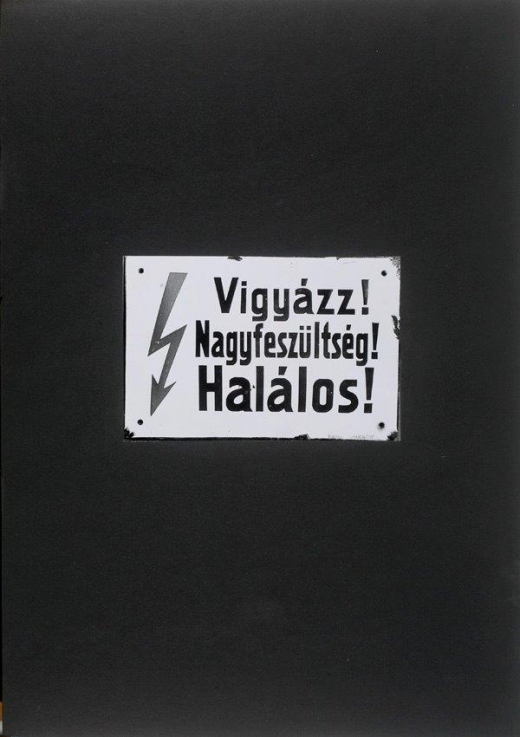
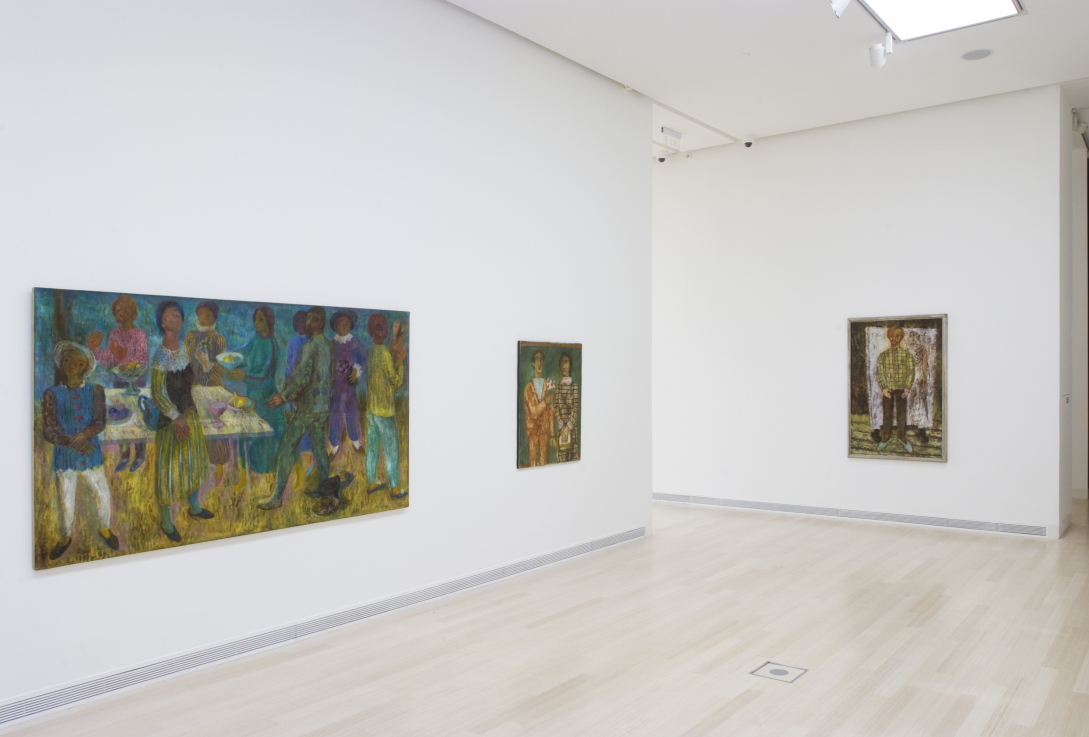
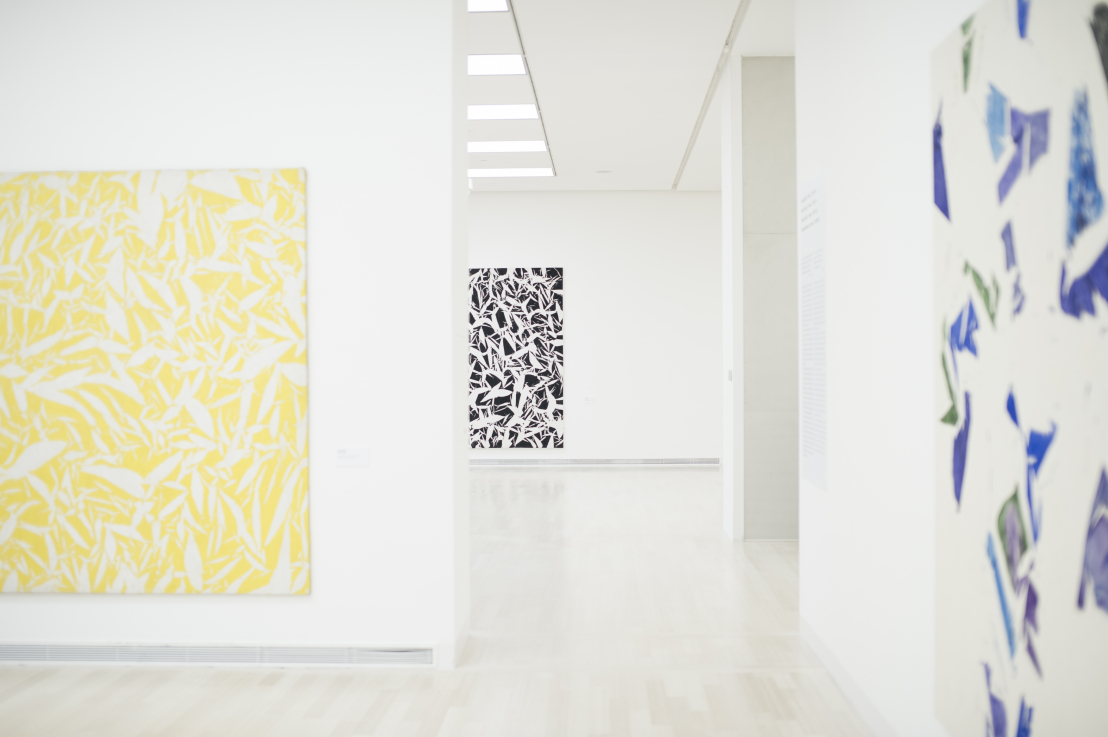
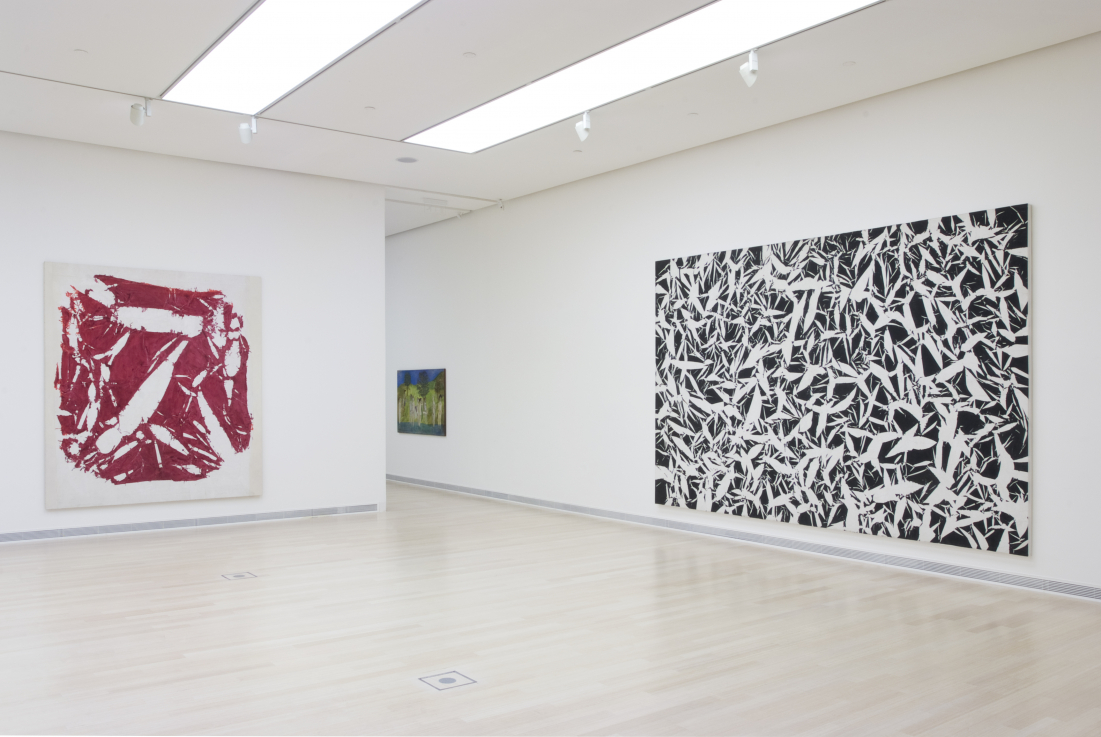
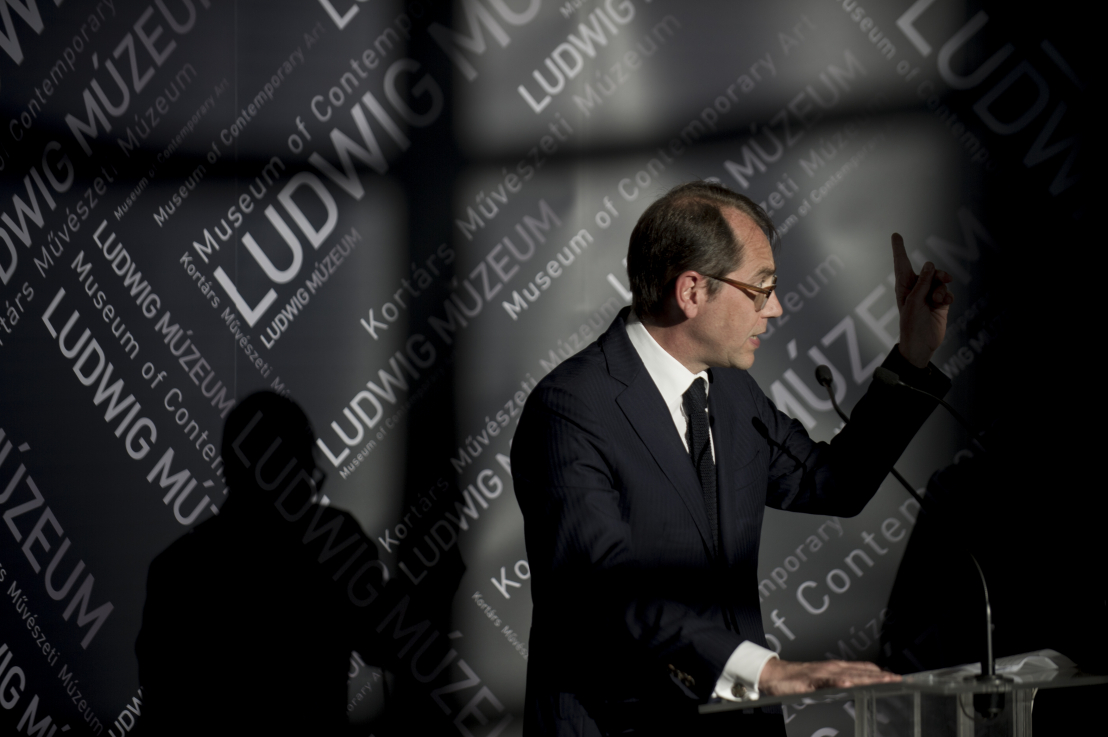
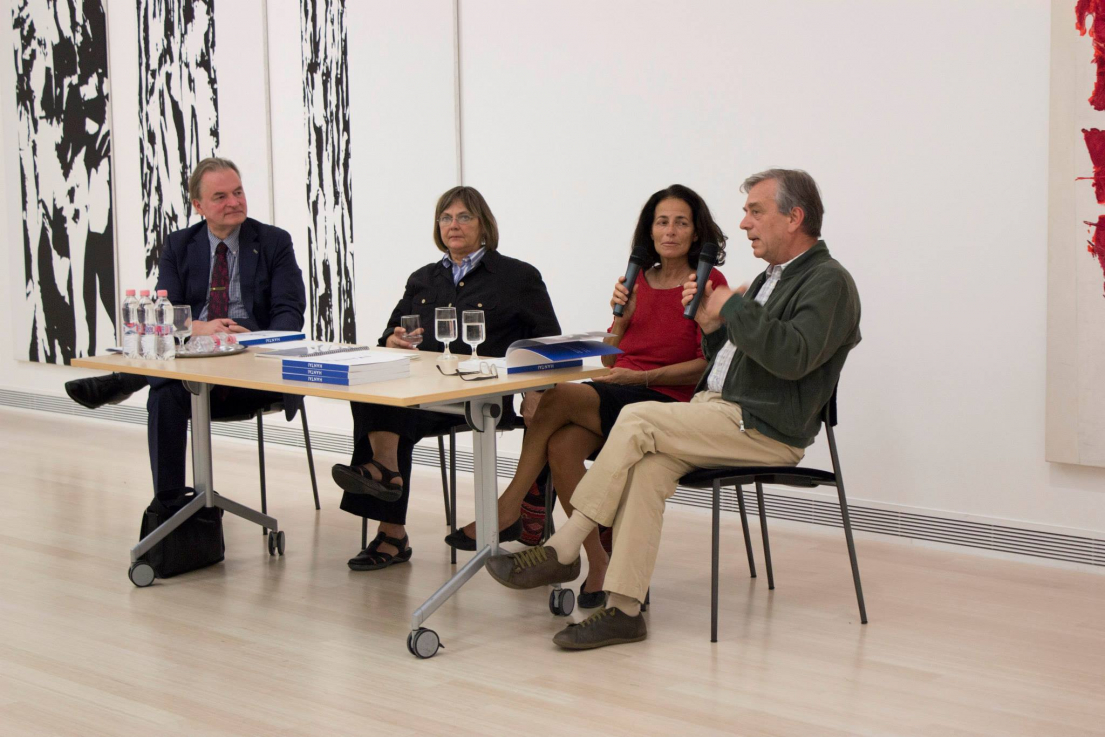
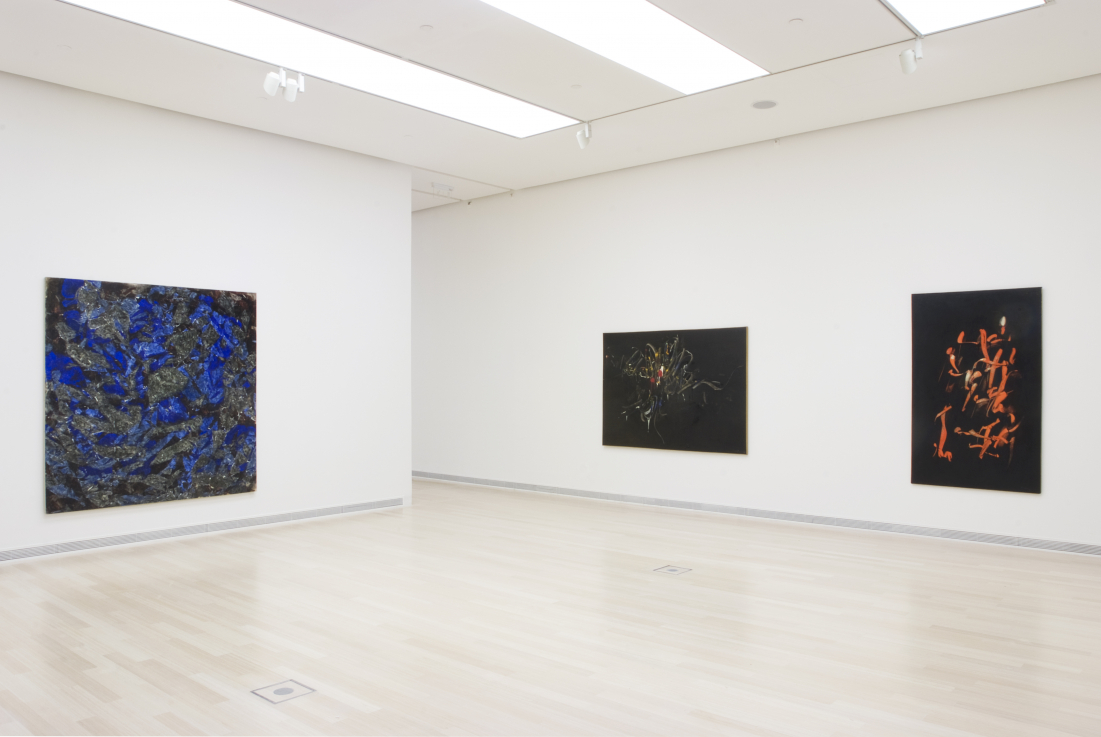
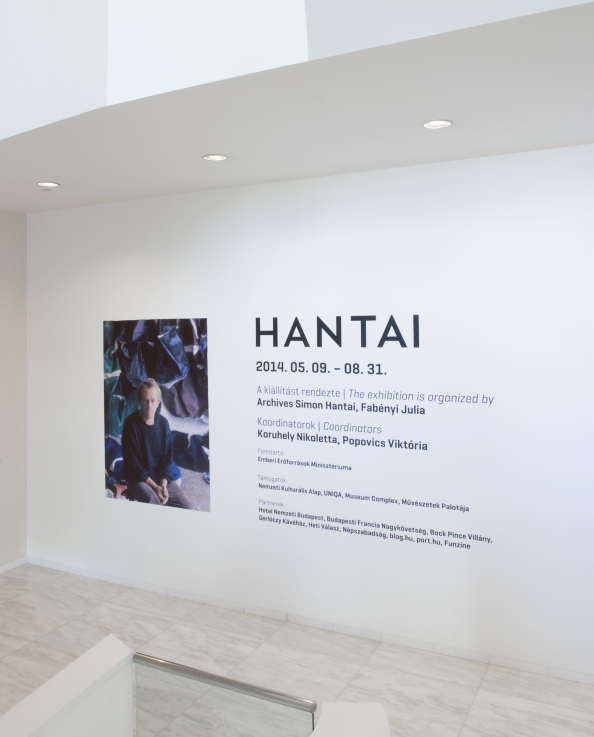
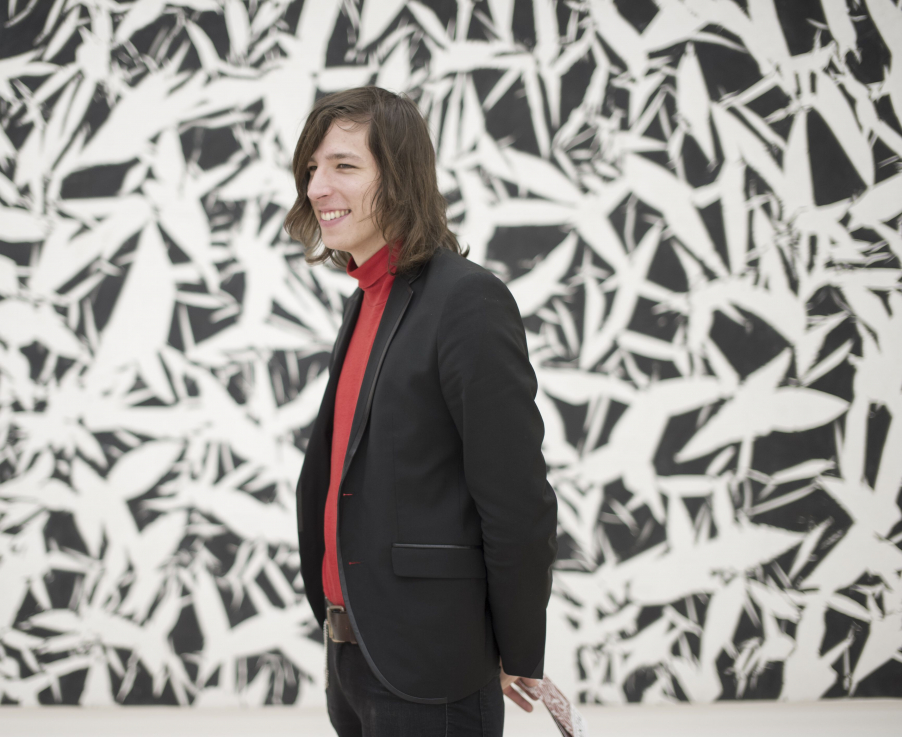
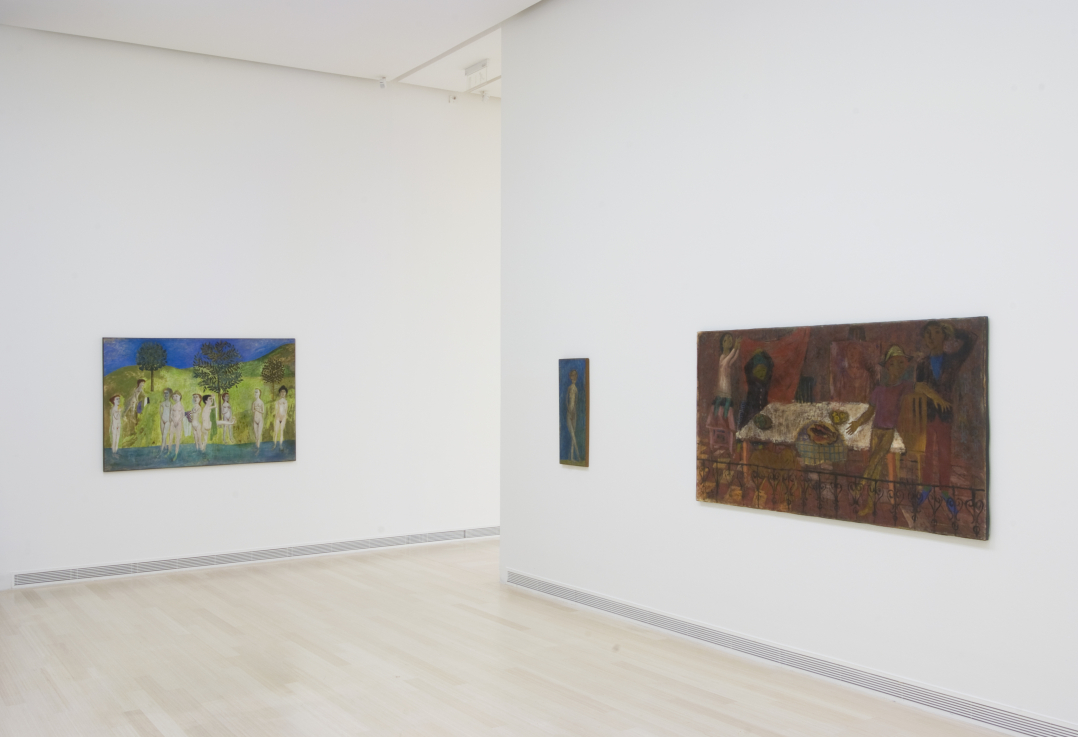
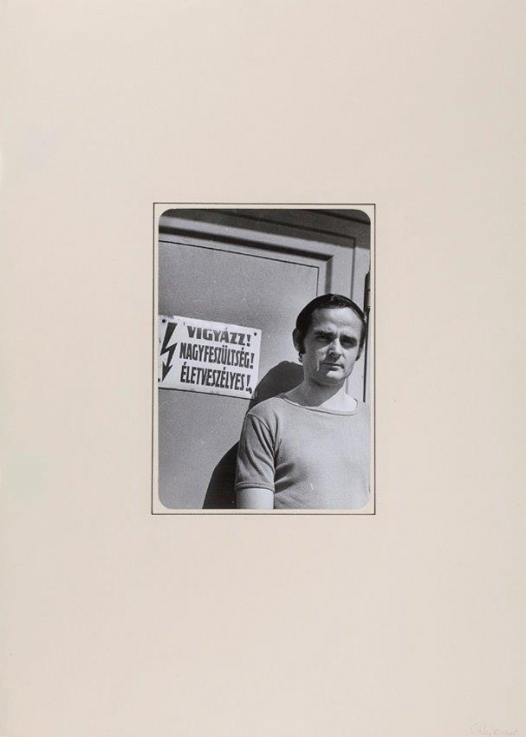
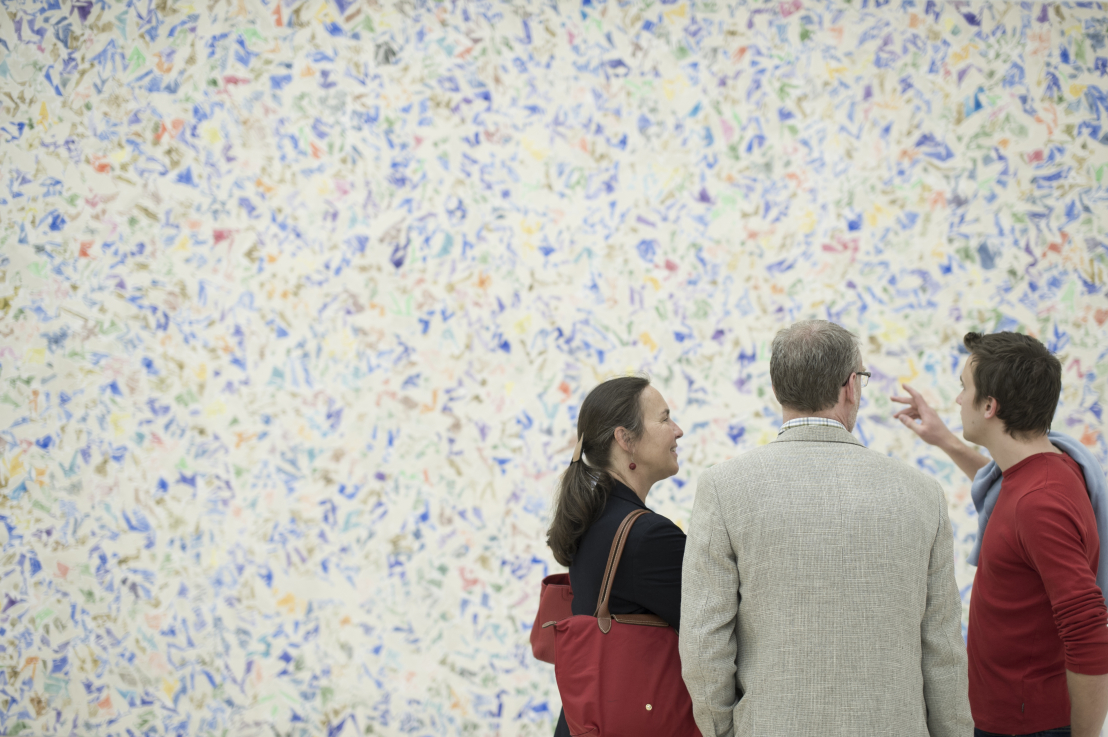
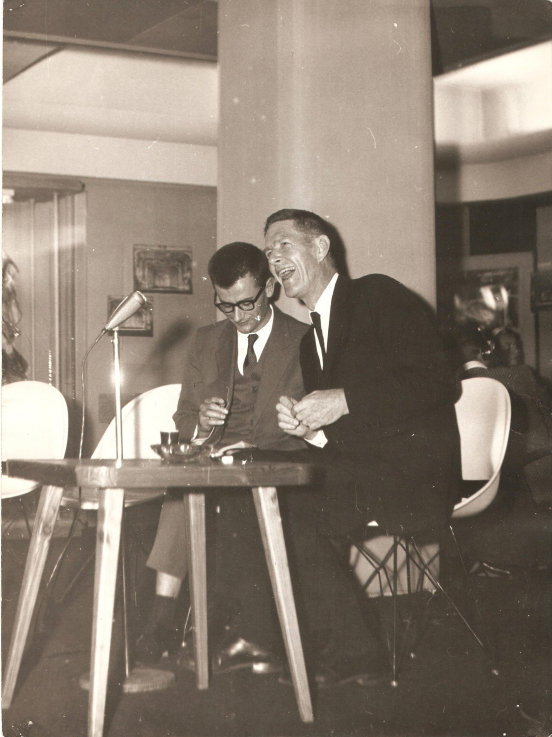
Related contents
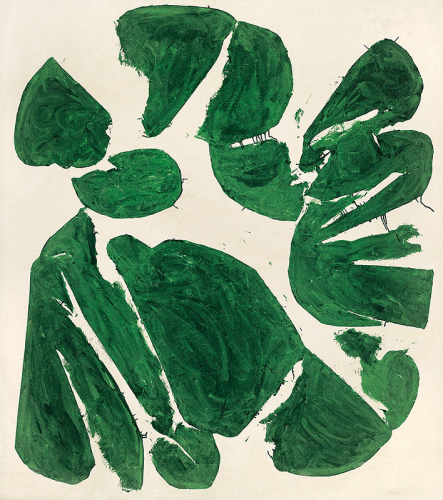
Guided tour in the HANTAI exhibition 31. August, 2014, 00:00–00:00
Guided tour in Hungarian in the HANTAI exhibition.
Admission with a valid exhibition ticket.
Please, register in advance by entering your e-mail address in the box below!
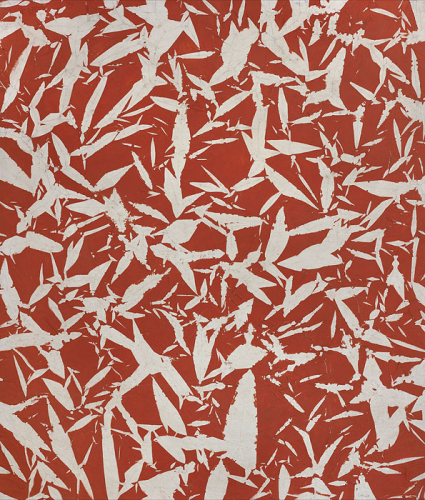
HANTAI - exhibition finissage 30. August, 2014, 00:00–00:00
One of the most interesting contemporary art event of the season, the HANTAI exhibition at the Ludwig Museum - Museum of Contemporary Art, closes by the end of August.

Book launch - HANTAI exhibition catalogue 29. August, 2014, 00:00–00:00
The Ludwig Museum - Museum of Contemporary Art cordially invites you to the book launch of the HANTAI exhibition catalogue. The representative volume gives a multi-faceted presentation of the life-work of the Hungarian born abstract painter who lived and worked in Paris.
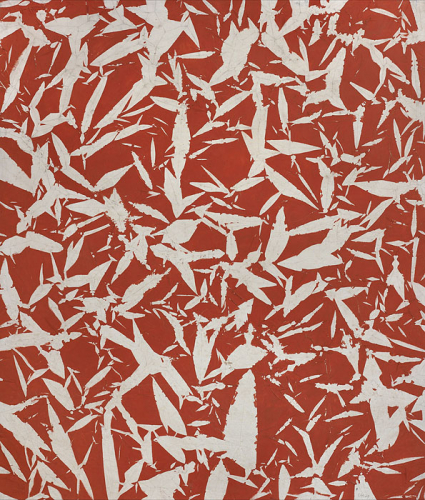
Guided tour in the HANTAI exhibition 24. August, 2014, 00:00–00:00
Guided tour in Hungarian in the HANTAI exhibition.
Admission with a valid exhibition ticket.
Please, register in advance by entering your e-mail address in the box below!
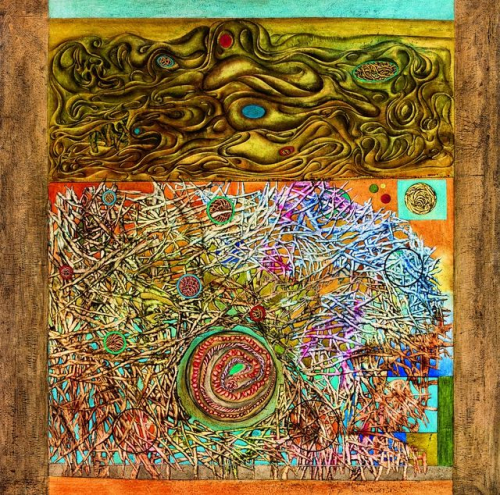
Exclusive guided tour - HANTAI exhibition 23. August, 2014, 00:00–00:00
Exclusive guided tour in Hungarian given by Dr. Zsolt Bagi, philosopher (Lecturer at University of Pécs) in the HANTAI exhibition.
Entrance with a valid exhibition ticket. No extra charge applies.
Registration is essential.
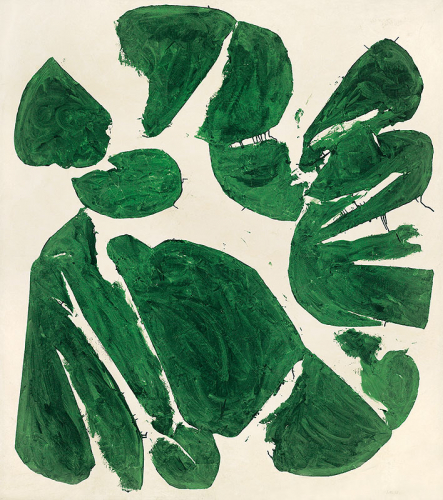
Guided tour in the HANTAI exhibition 17. August, 2014, 00:00–00:00
Guided tour in Hungarian in the HANTAI exhibition.
Admission with a valid exhibition ticket.
Please, register in advance by entering your e-mail address in the box below!
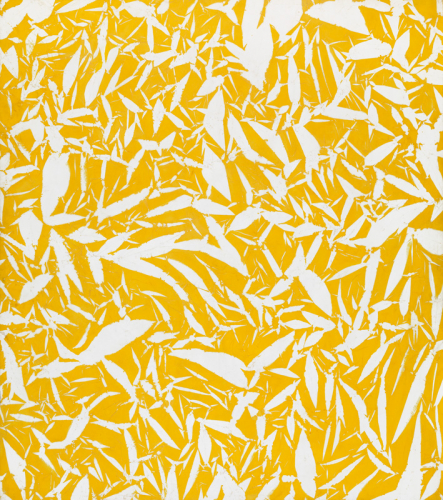
Guided tour in the HANTAI exhibition 3. August, 2014, 00:00–00:00
Guided tour in Hungarian in the HANTAI exhibition.
Admission with a valid exhibition ticket.
Please, register in advance by entering your e-mail address in the box below!
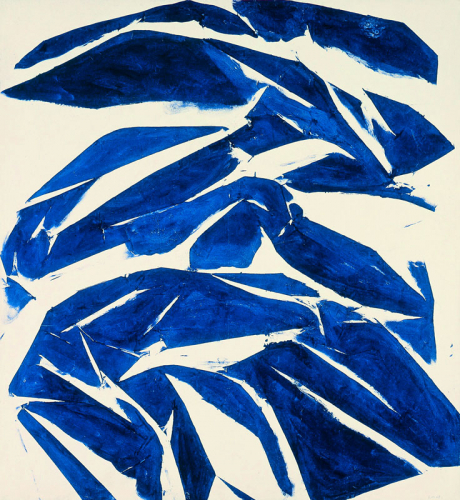
Guided tour in the HANTAI exhibition 20. July, 2014, 00:00–00:00
Guided tour in Hungarian in the HANTAI exhibition.
Admission with a valid exhibition ticket.
Please, register in advance by entering your e-mail address in the box below!
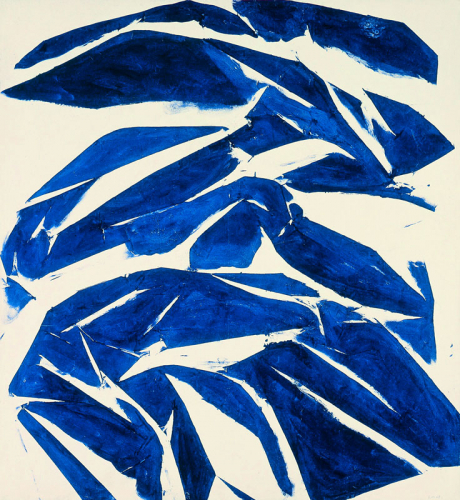
Guided tour in the HANTAI exhibition 6. July, 2014, 00:00–00:00
Guided tour in Hungarian in the HANTAI exhibition.
Admission with a valid exhibition ticket.
Please, register in advance by entering your e-mail address in the box below!
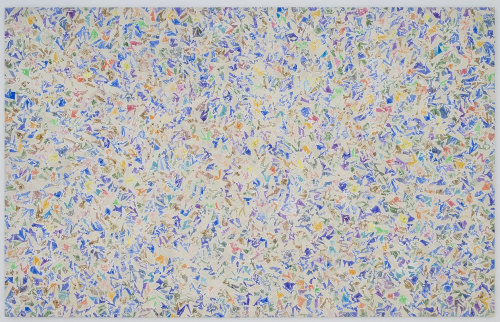
Exclusive guided tour - HANTAI exhibition 5. July, 2014, 00:00–00:00
Exclusive guided tour in Hungarian given by Ákos Birkás in the HANTAI.
Entrance with a valid exhibition ticket. No extra charge applies.
Registration is essential.
Register by writing your e-mail address in the box below!
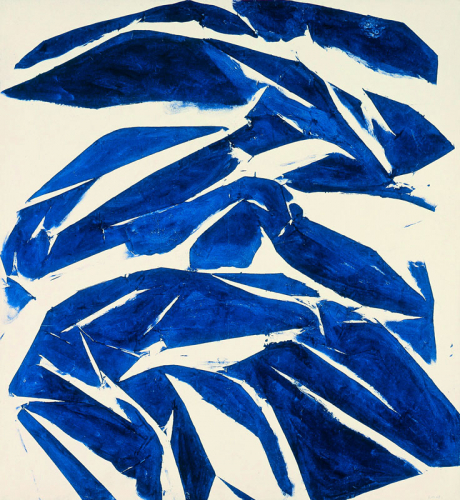
Guided tour in the HANTAI exhibition 29. June, 2014, 00:00–00:00
Guided tour in Hungarian in the HANTAI exhibition.
Admission with a valid exhibition ticket.
Please, register in advance by entering your e-mail address in the box below!
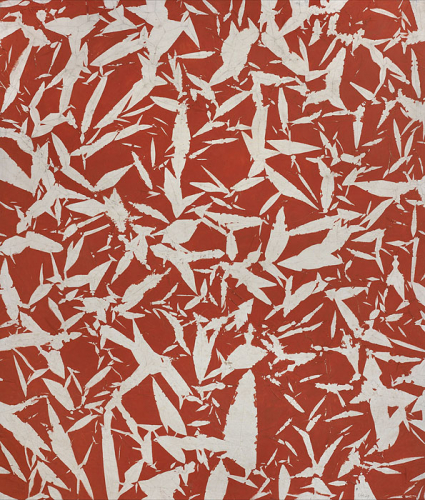
Exclusive guided tour - HANTAI exhibition 28. June, 2014, 00:00–00:00
Exclusive guided tour in Hungarian given by Berecz Ágnes in the HANTAI.
Entrance with a valid exhibition ticket. No extra charge applies.
Registration is essential.
Register by writing your e-mail address in the box below!
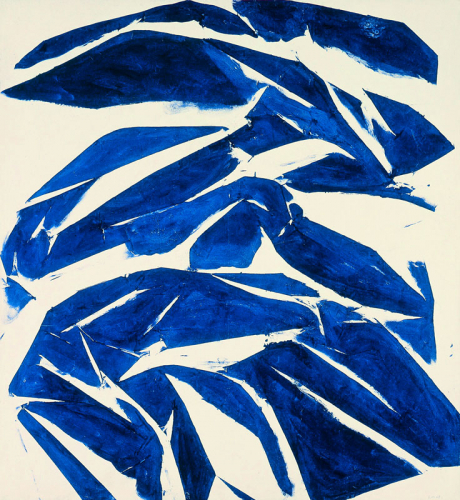
Guided tour in the HANTAI exhibition 22. June, 2014, 00:00–00:00
Guided tour in Hungarian in the HANTAI exhibition.
Admission with a valid exhibition ticket.
Please, register in advance by entering your e-mail address in the box below!
Art&Wine Lovers' Club - Sauska 17. June, 2014, 00:00–00:00
The Ludwig Museum's new initiative, the Art&Wine Lovers' Club, aims to introduce successful international and Hungarian wineries, also the novelties and aspiring talents of the recent gastro resolution in Hungary - while the programs are clearly inspired by our exhibitions or pieces of the mu
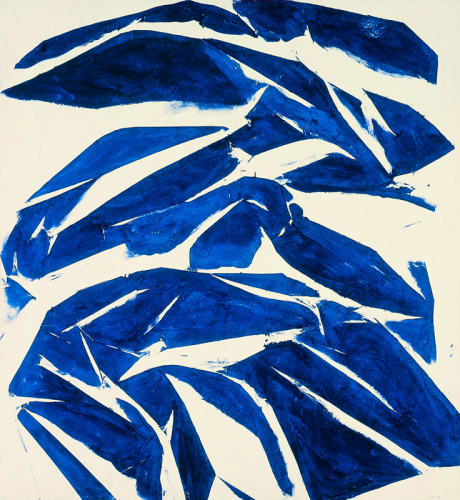
Guided tour in the HANTAI exhibition 15. June, 2014, 00:00–00:00
Guided tour in Hungarian in the HANTAI exhibition.
Admission with a valid exhibition ticket.
Please, register in advance by entering your e-mail address in the box below!
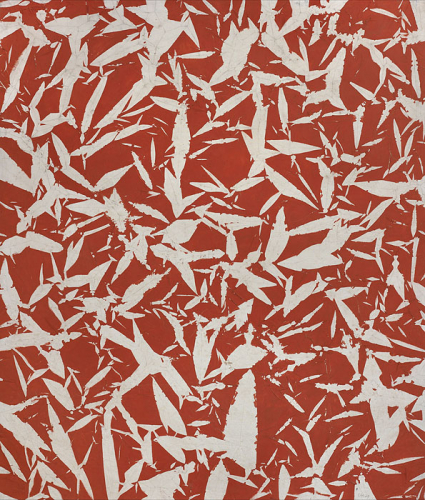
Exclusive guided tour - HANTAI exhibition 14. June, 2014, 00:00–00:00
Exclusive guided tour in Hungarian given by Orbán Jolán in the HANTAI.
Entrance with a valid exhibition ticket. No extra charge applies.
Registration is essential.
Register by writing your e-mail address in the box below!
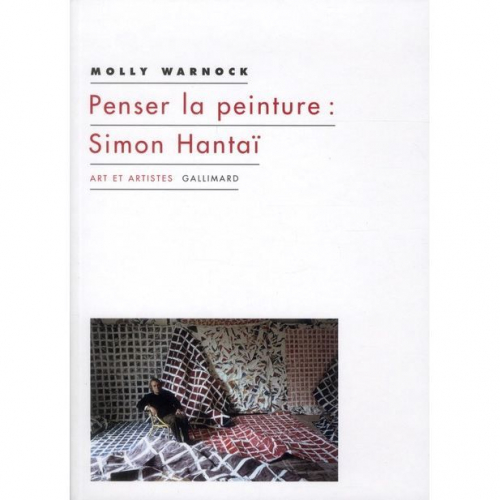
Exclusive program: Lecture by Molly Warnock 12. June, 2014, 00:00–00:00
Research and teaching span topics of Molly Warnock in European and North American art and critical theory from early twentieth-century modernism to the present, with a special interest in the stakes and claims of abstraction.
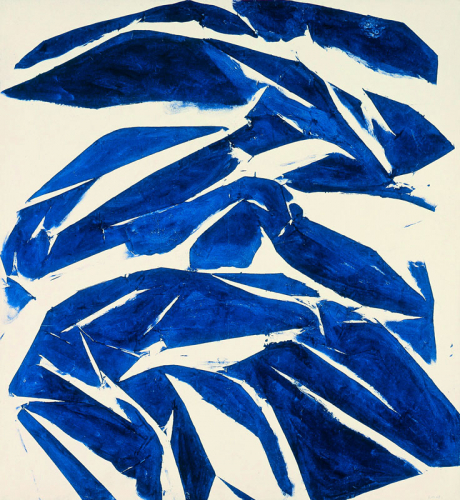
Guided tour in the HANTAI exhibition 8. June, 2014, 00:00–00:00
Guided tour in Hungarian in the HANTAI exhibition.
Admission with a valid exhibition ticket.
Please, register in advance by entering your e-mail address in the box below!
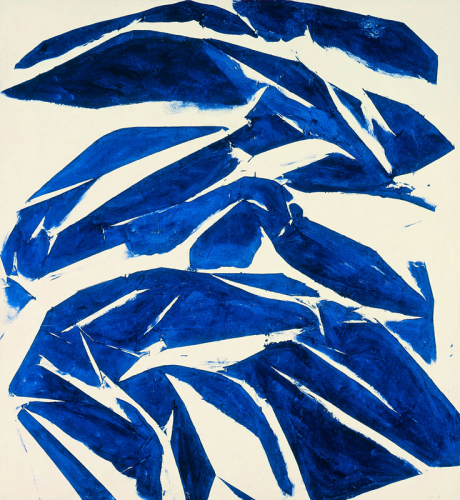
Guided tour in the HANTAI exhibition 1. June, 2014, 00:00–00:00
Guided tour in Hungarian in the HANTAI exhibition.
Admission with a valid exhibition ticket.
Please, register in advance by entering your e-mail address in the box below!
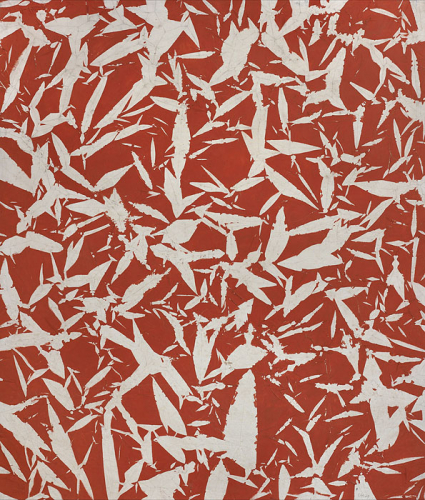
Exclusive guided tour - HANTAI exhibition 31. May, 2014, 00:00–00:00
Exclusive guided tour in Hungarian given by Házas Nikoletta in the HANTAI.
Entrance with a valid exhibition ticket. No extra charge applies.
Registration is essential.
Register by writing your e-mail address in the box below!
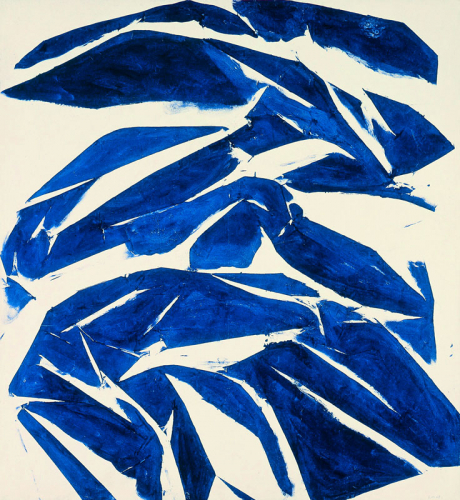
Guided tour in the HANTAI exhibition 25. May, 2014, 00:00–00:00
Guided tour in Hungarian in the HANTAI exhibition.
Admission with a valid exhibition ticket.
Please, register in advance by entering your e-mail address in the box below!
Jonah Bokaer: Other Myths 24. May, 2014, 00:00–00:00
Other Myths is a site-specific creation by the internationally renowned dancer and choreographer Jonah Bokaer.
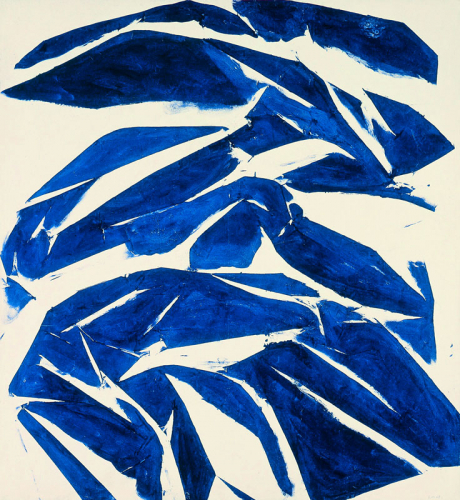
Guided tour in the HANTAI exhibition 18. May, 2014, 00:00–00:00
Guided tour in Hungarian in the HANTAI exhibition.
Admission with a valid exhibition ticket.
Please, register in advance by entering your e-mail address in the box below!
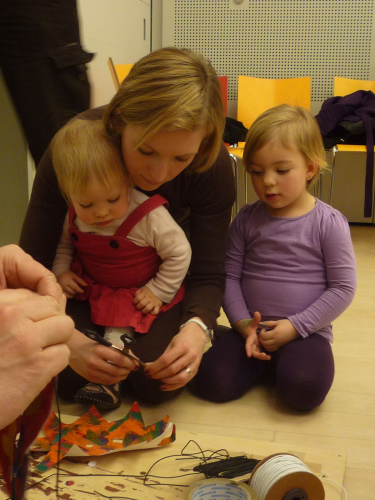
Family Matinée - HANTAI 17. May, 2014, 00:00–00:00
Museum education programmes (in Hungarian) for the whole family on Saturdays at the Ludwig Museum.
Related to the permanent exhibition Fabrizio Plessi: Liquid Labyrinth.
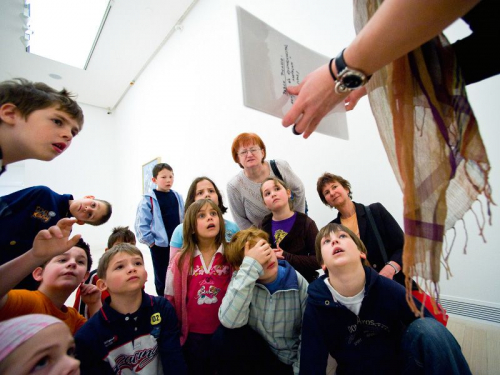
EduTuesday - Mini conference for teachers and art educators 13. May, 2014, 00:00–00:00
Special museum education workshop on methods of how to provide special education and activities for expecially talented children.
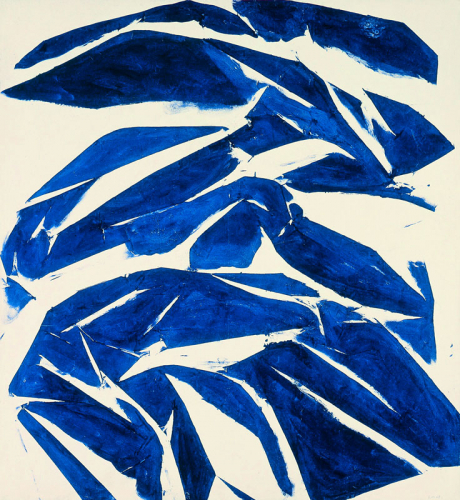
Guided tour in the HANTAI exhibition 11. May, 2014, 00:00–00:00
Guided tour in Hungarian in the HANTAI exhibition.
Admission with a valid exhibition ticket.
Please, register in advance by entering your e-mail address in the box below!
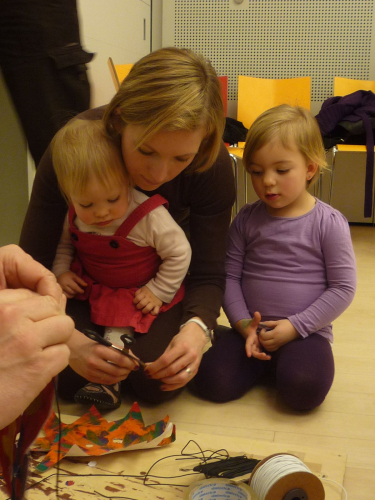
Family Matinée - HANTAI 10. May, 2014, 00:00–00:00
Museum education programmes (in Hungarian) for the whole family on Saturdays at the Ludwig Museum.
Related to the permanent exhibition Fabrizio Plessi: Liquid Labyrinth.
